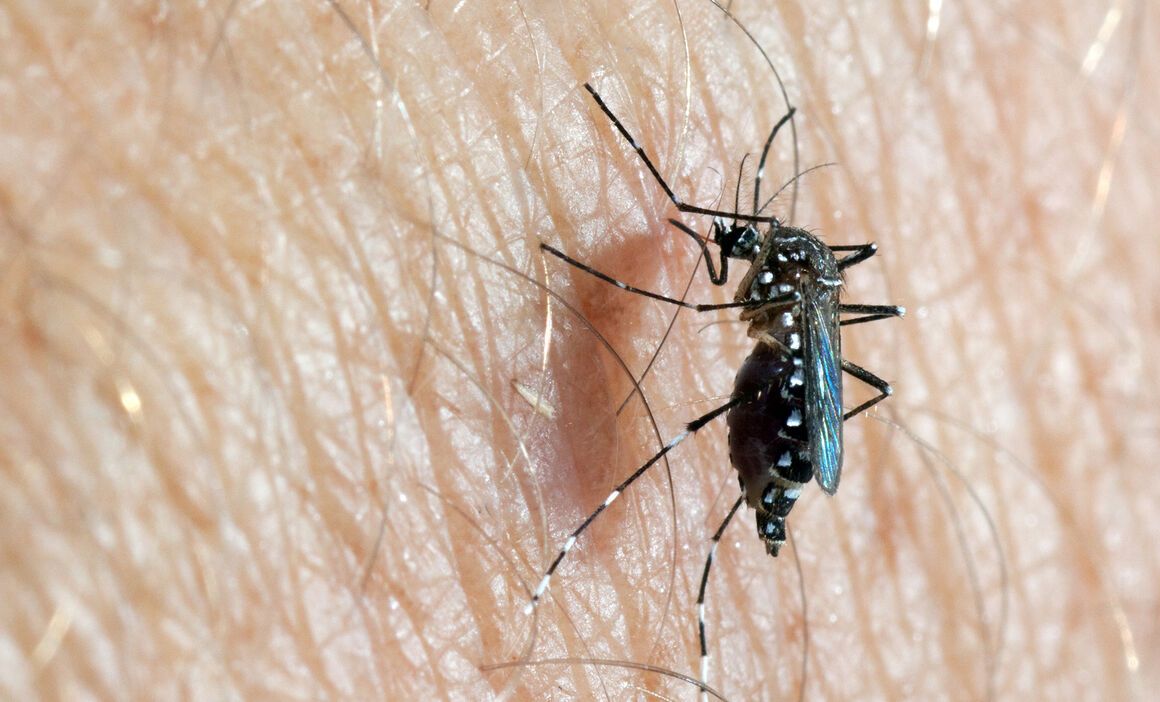By: Shofu Babalola
A New Name for a Familiar Mosquito
You may have heard of the Aedes aegypti mosquito. It's a notorious pest known for transmitting diseases like dengue, Zika, and yellow fever. But did you know that this mosquito recently got a new name?
In 2019, scientists reclassified Aedes aegypti and other related mosquitoes into a new genus called Stegomyia. This change was based on genetic evidence that showed these mosquitoes were more closely related to Stegomyia mosquitoes than to other Aedes mosquitoes.
Why the Name Change?
The name change is purely a scientific classification and does not affect the biology or behavior of the mosquito. It's like giving a person a new last name without changing their personality or habits.
The Importance of Knowing the New Name
While the name change may seem minor, it's important for scientists and public health officials to use the correct scientific name when studying and controlling this mosquito. This helps to ensure accurate communication and research.

Aedes (Stegomyia) aegypti (Source: https://www.ecdc.europa.eu/)
Mosquitoes: A Brief Overview
There are approximately 3530 species of mosquitoes, traditionally placed in 43 genera within the Culicidae family. However, some experts recognize a more detailed classification with 113 genera. This reclassification has led to some mosquitoes previously in Aedes being transferred to genera like Ochlerotatus and Stegomyia.
Mosquitoes are divided into three subfamilies: Toxorhynchitinae, Anophelinae (anophelines), and Culicinae (culicines). They have a global distribution, occurring in tropical, temperate, and even Arctic regions. The only areas without mosquitoes are Antarctica and a few islands. They can be found at elevations as high as 3500 meters and as low as 1250 meters below sea level.
The Most Important Pest and Vector Species
The genera Anopheles, Culex, Aedes, Psorophora, Mansonia, Haemagogus, and Sabethes contain the most significant pest and vector species.
- Anopheles: Transmit malaria, filariasis, and some arboviruses.
- Culex: Transmit filariasis and arboviruses.
- Aedes: Transmit yellow fever, dengue, West Nile virus, and other arboviruses. In some regions, they also transmit filariasis.
- Mansonia: Transmit filariasis and arboviruses.
- Haemagogus and Sabethes: Transmit yellow fever and other arboviruses in Central and South America.
- Psorophora: Some species transmit arboviruses, while others are known for their annoying biting habits.

Preventing Mosquito Bites
Regardless of their scientific name, many mosquitoes can be troublesome pests. To protect yourself from mosquito bites and the diseases they transmit, follow these tips:
- Wear long sleeves and pants: Cover your skin as much as possible, especially during peak mosquito activity times.
- Eliminate standing water: Mosquitoes breed in stagnant water, so remove any containers or puddles that can hold water.
- Use mosquito nets: Sleep under mosquito nets to prevent bites while indoors.
By understanding the new name for Aedes aegypti and taking preventive measures, you can help reduce the risk of mosquito-borne diseases.
Note: The information regarding mosquito taxonomy and classification is based on the fifth edition of "Medical Entomology" by Cambridge University Press.
STAY UPDATED ON THE LATEST IN THE
PEST CONTROL INDUSTRY










